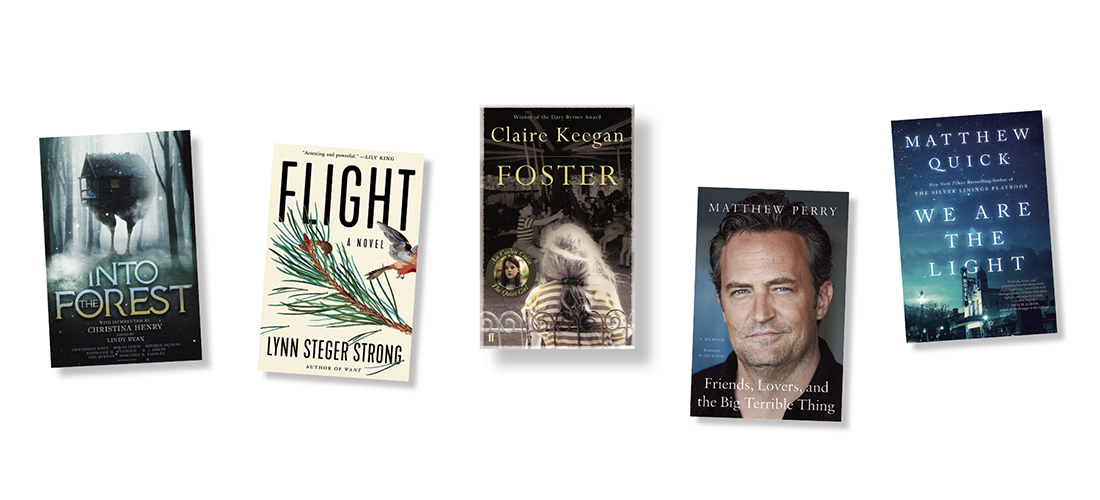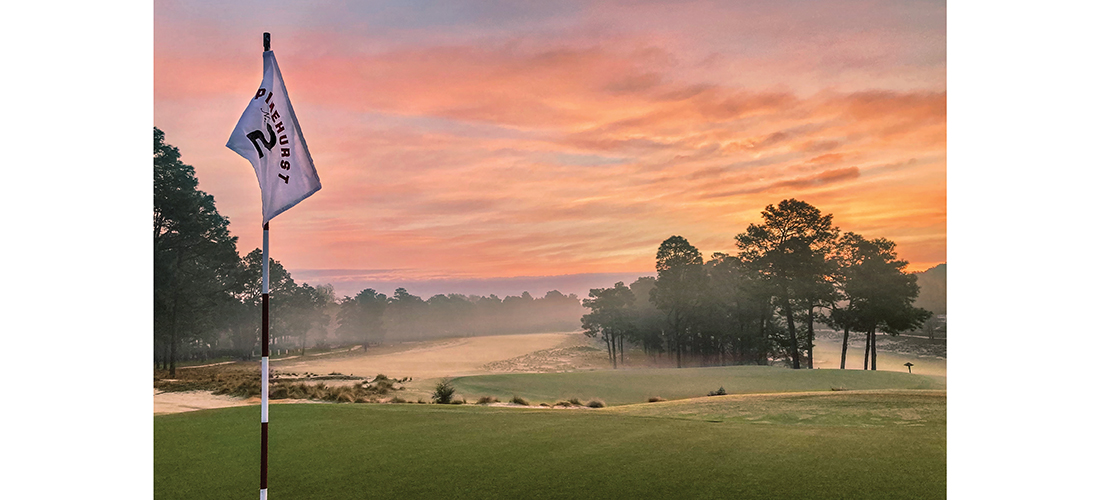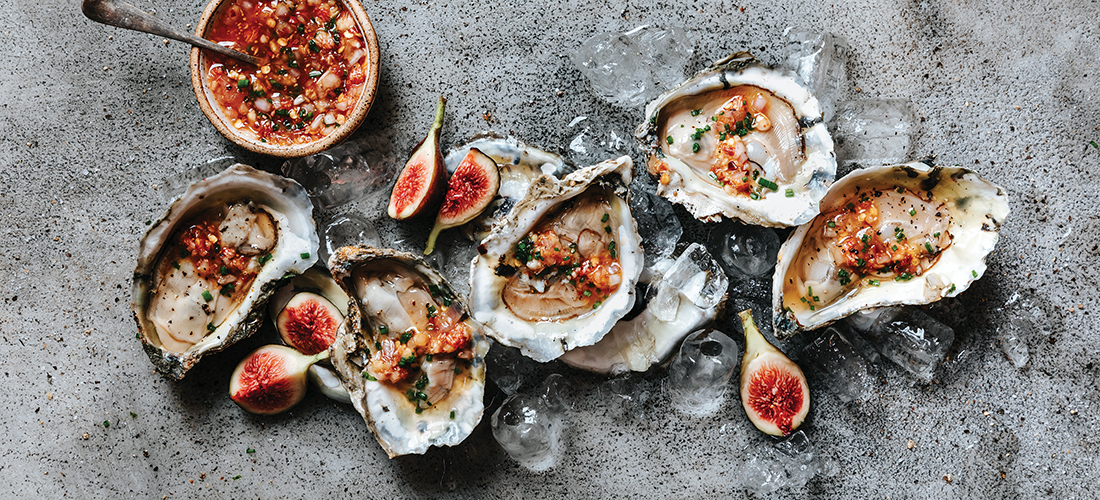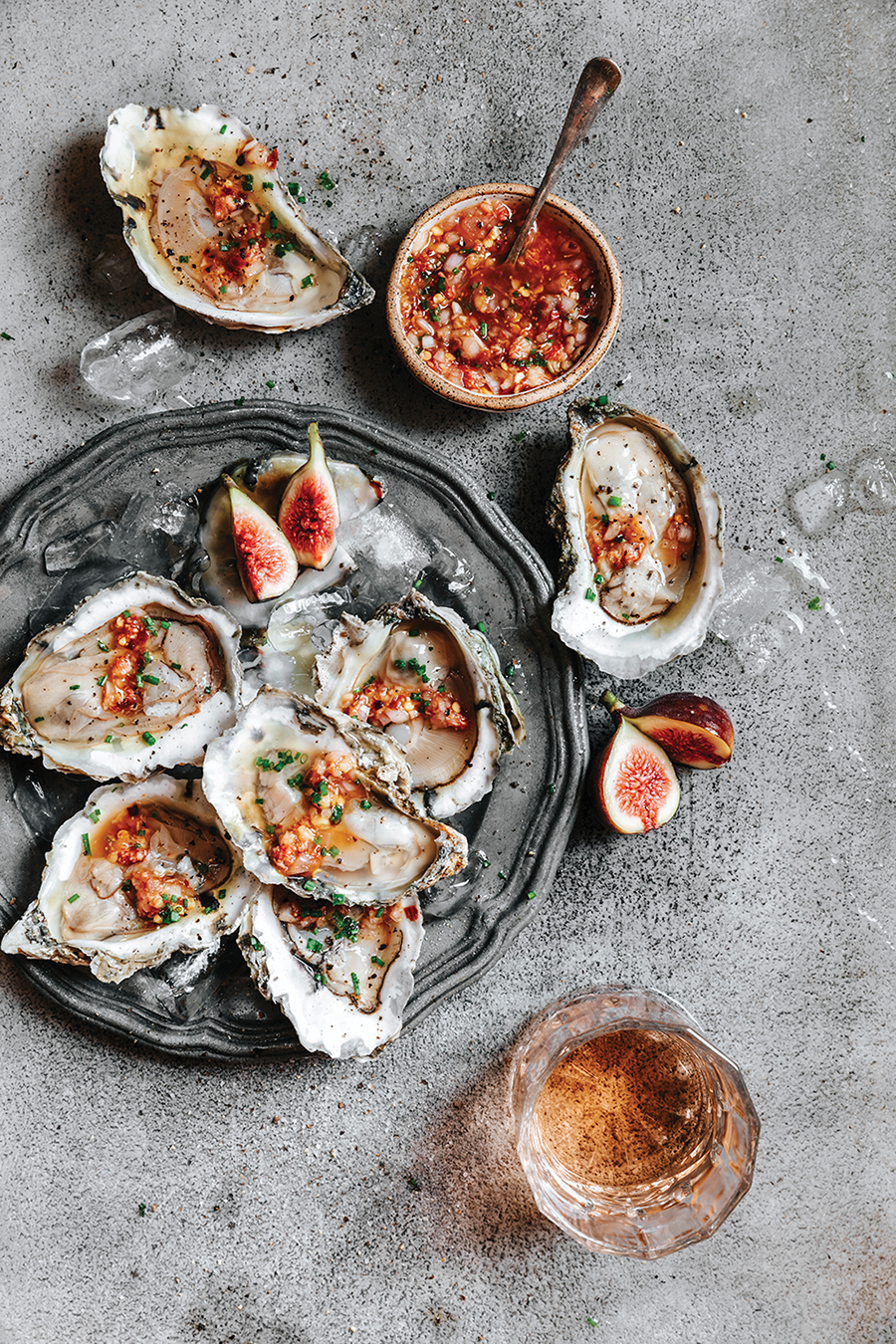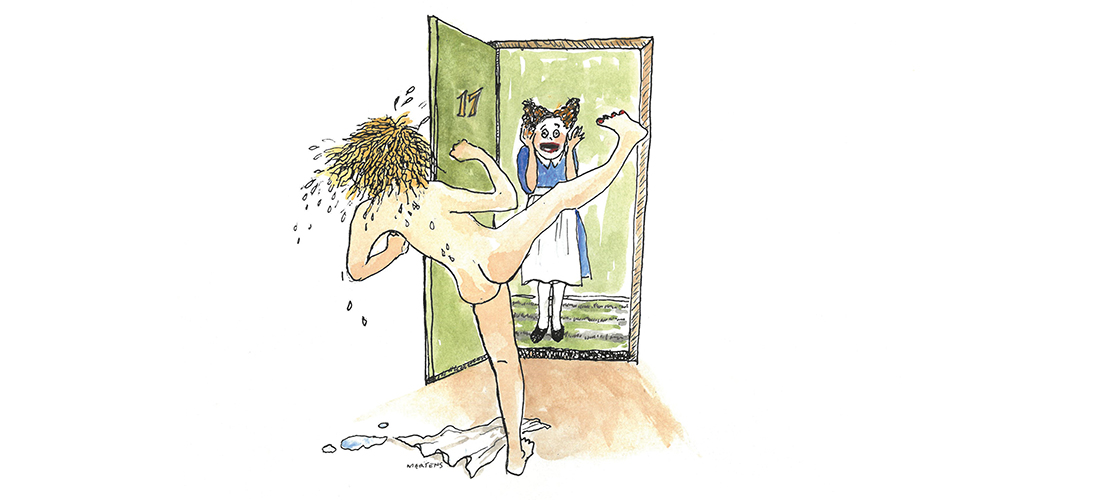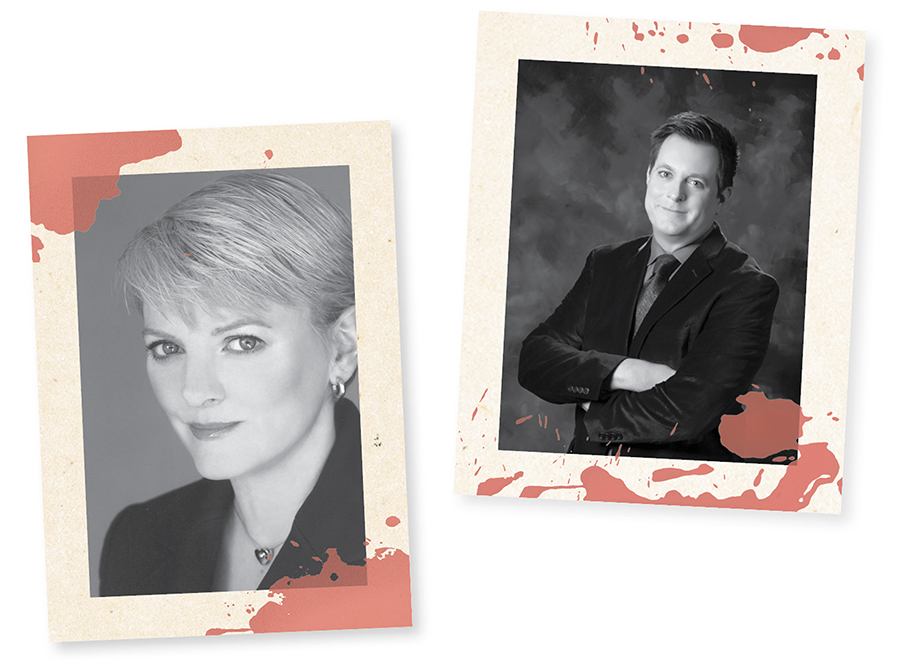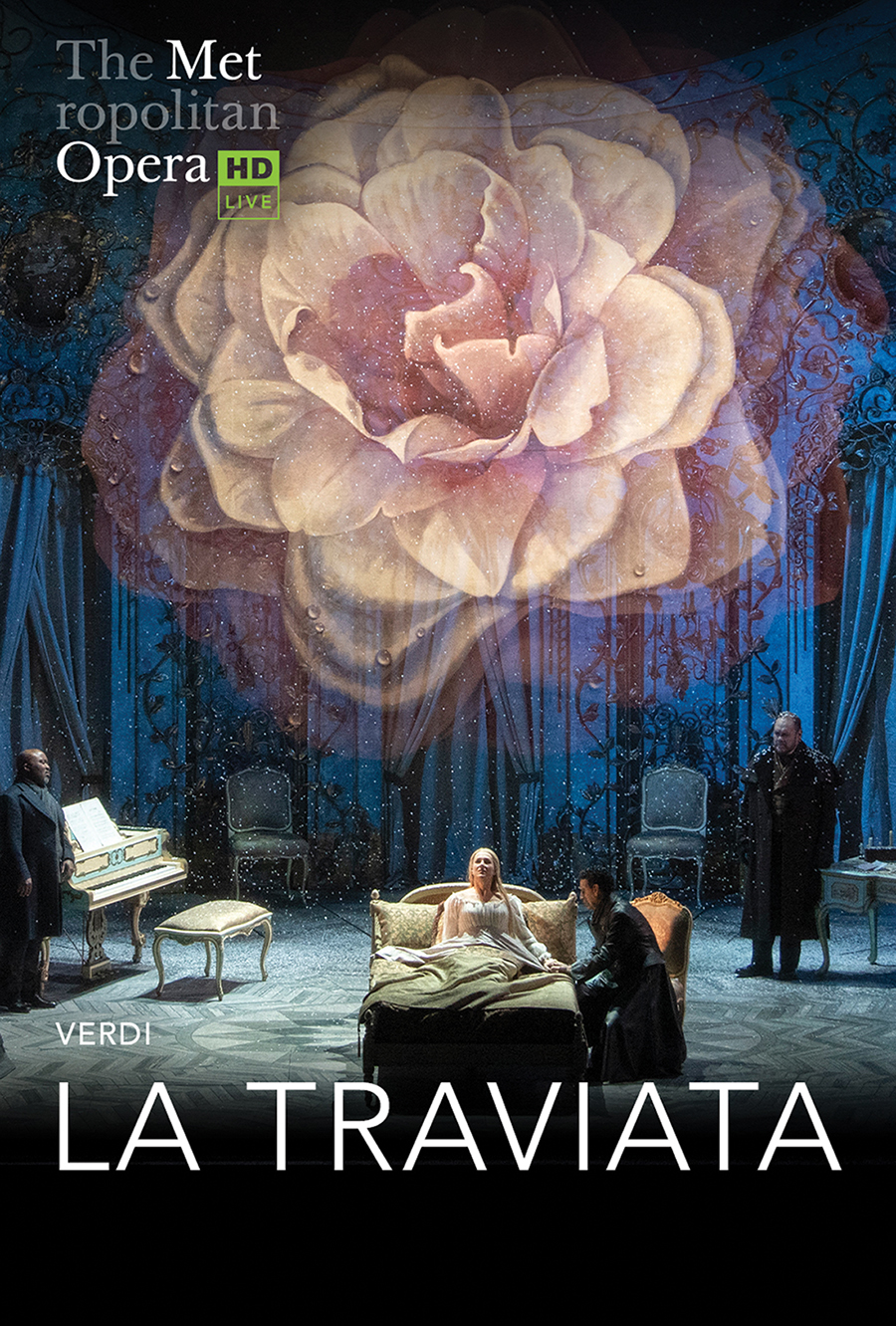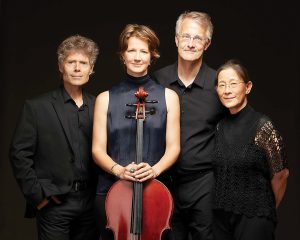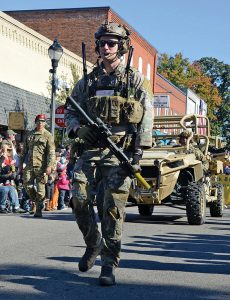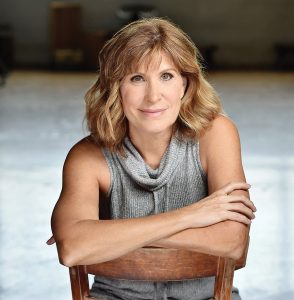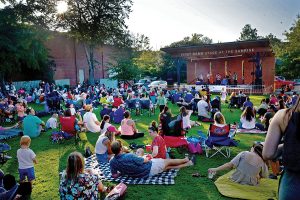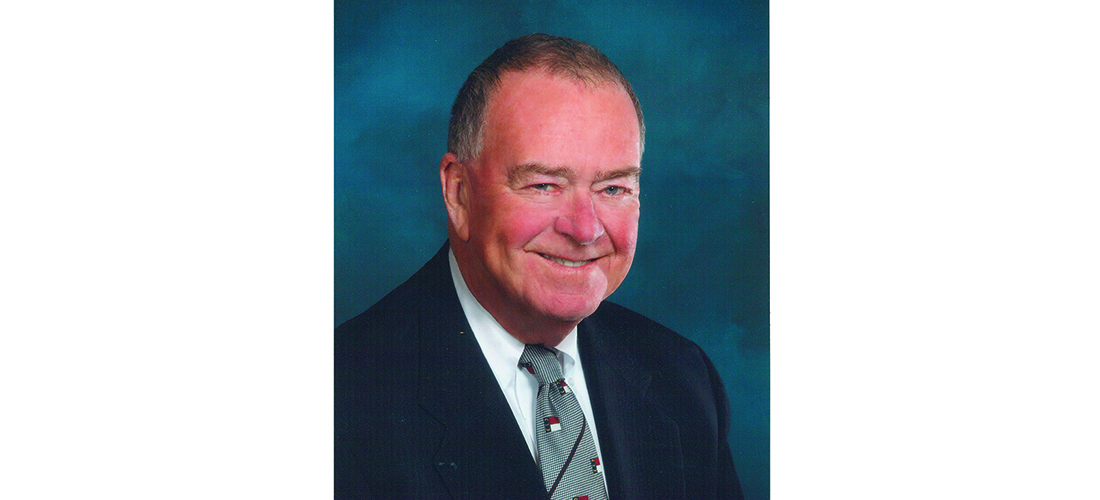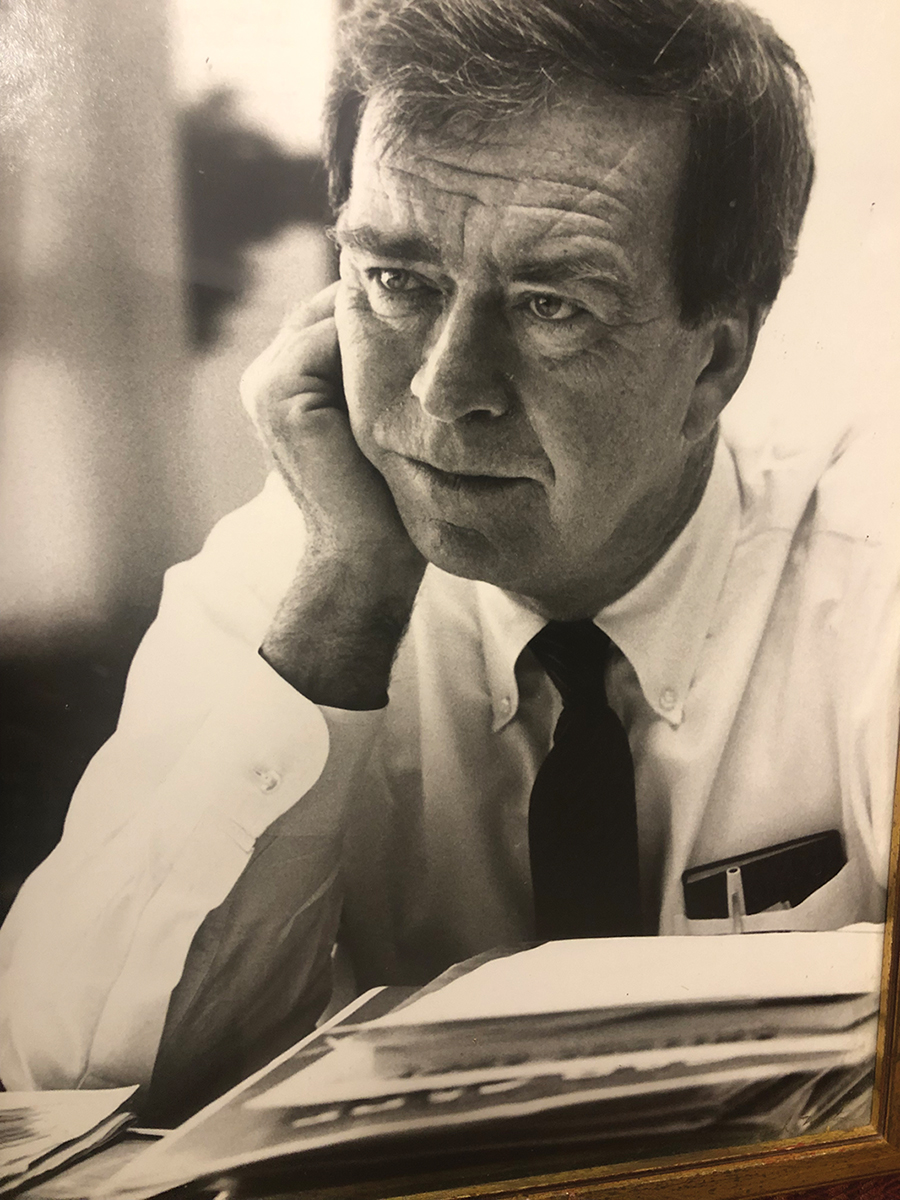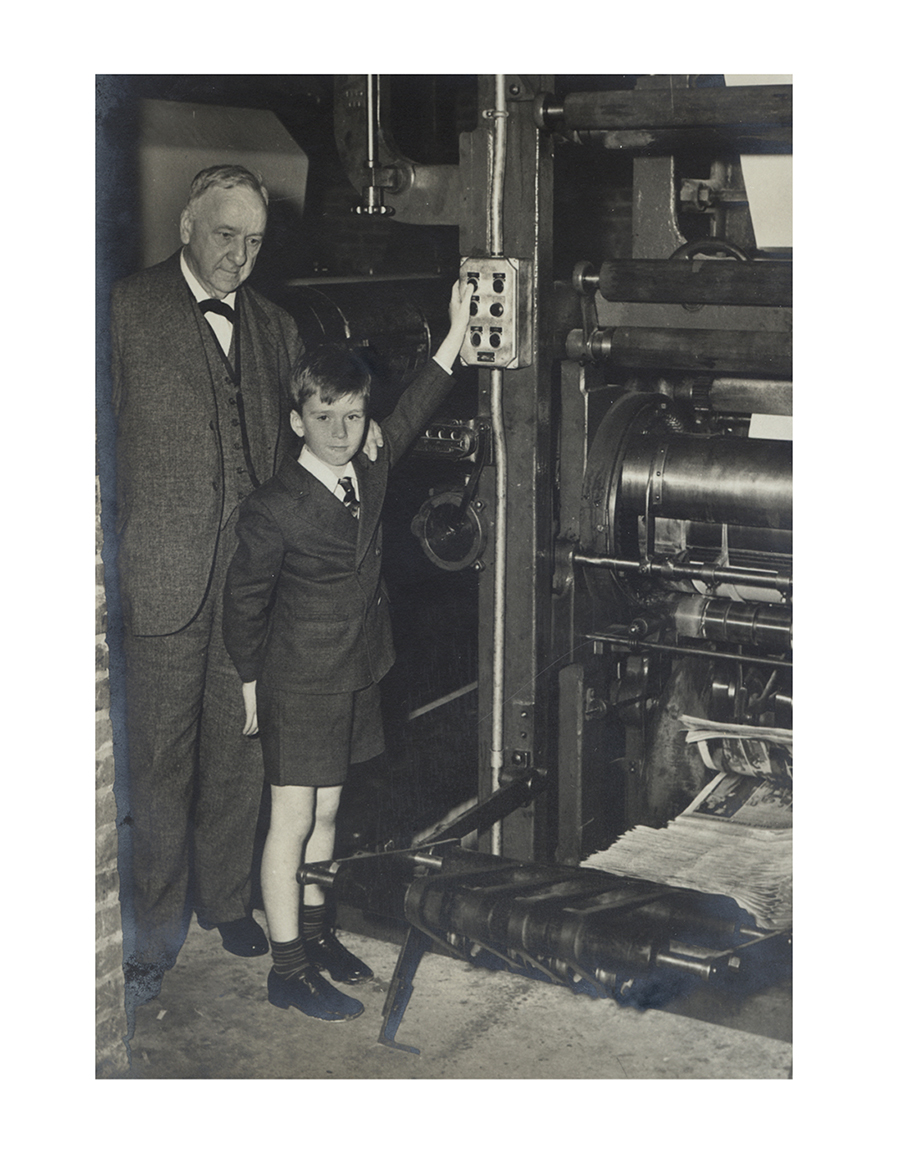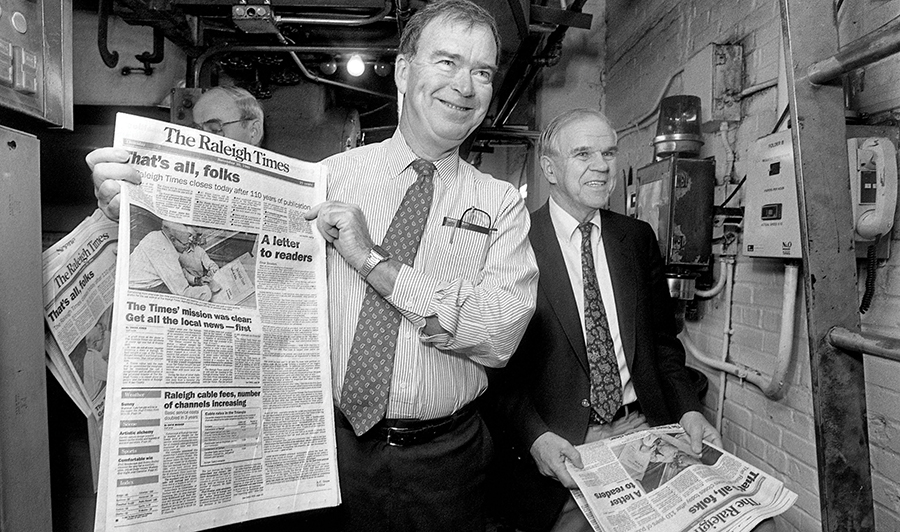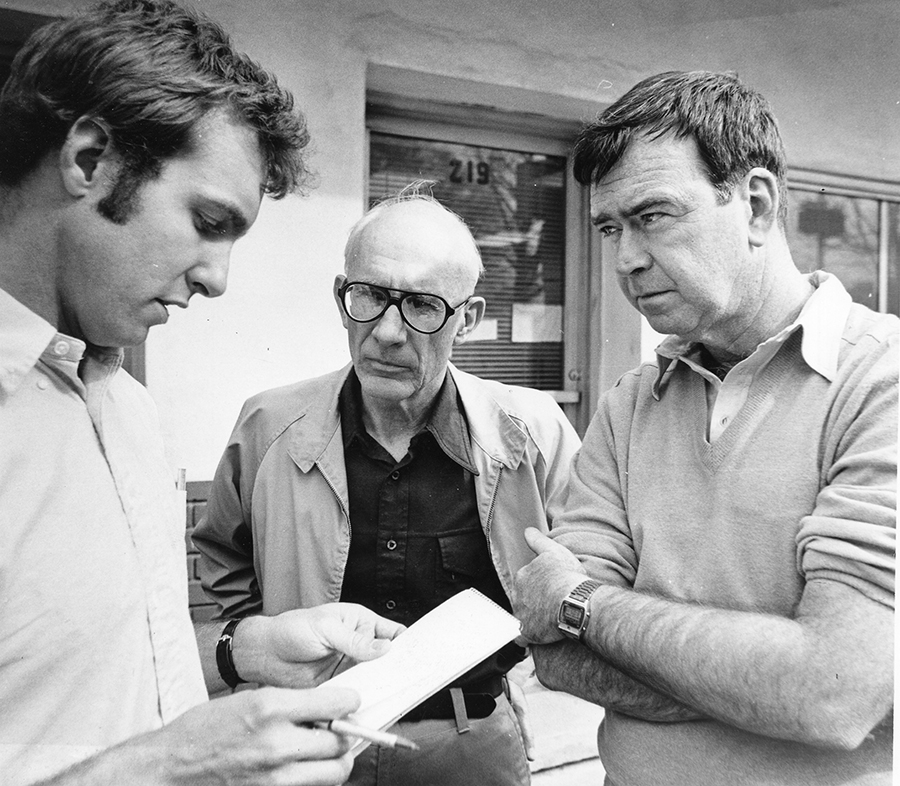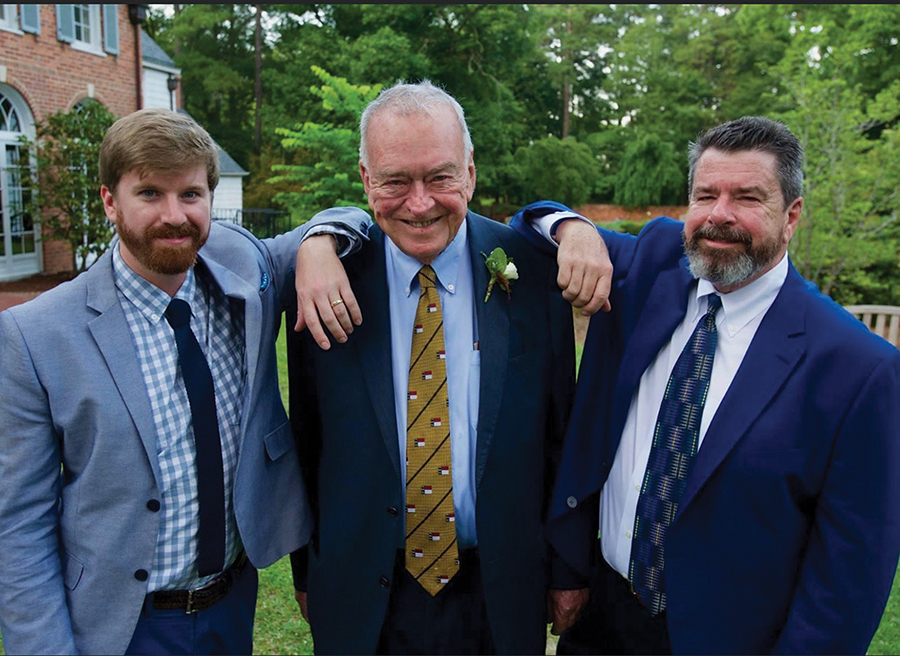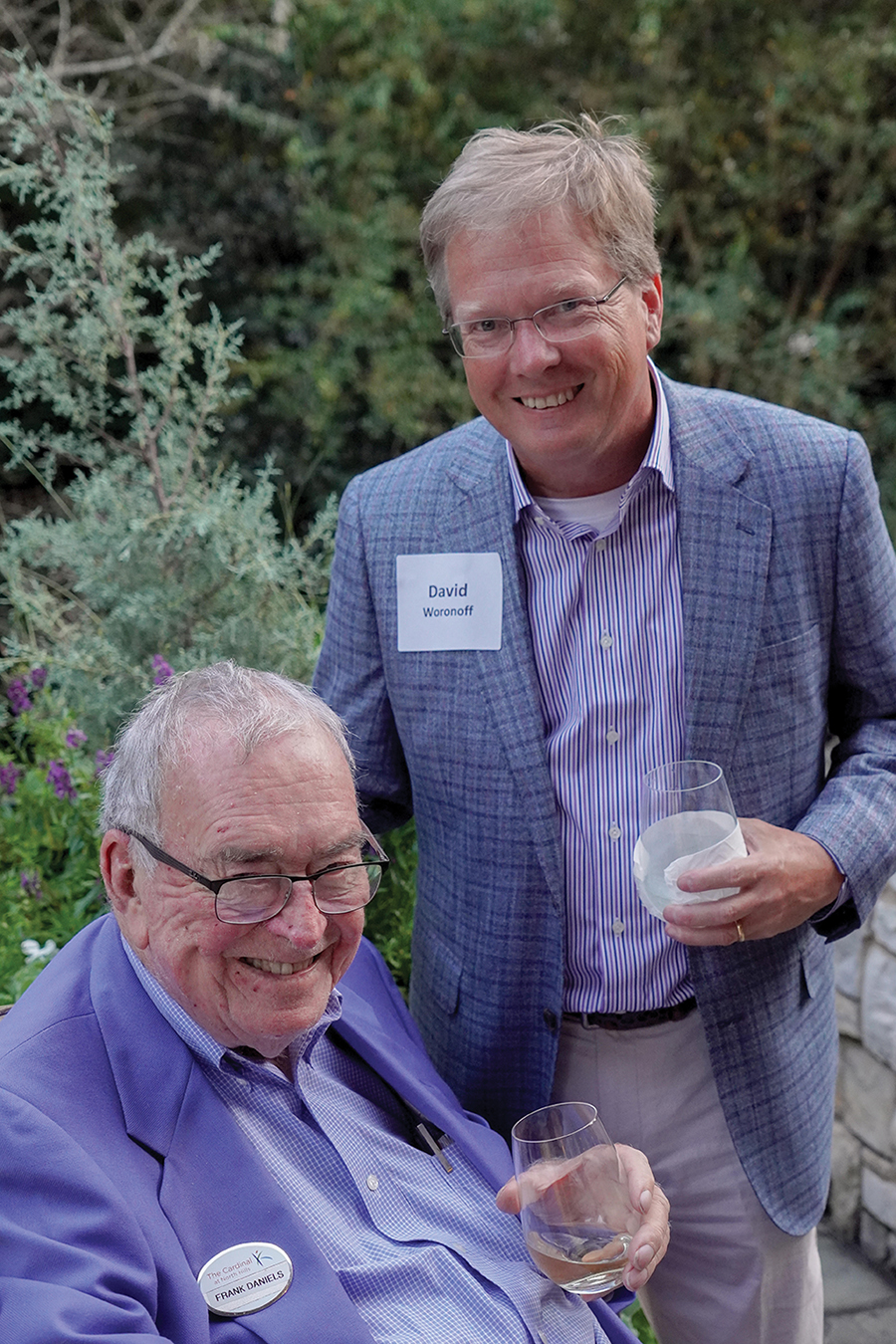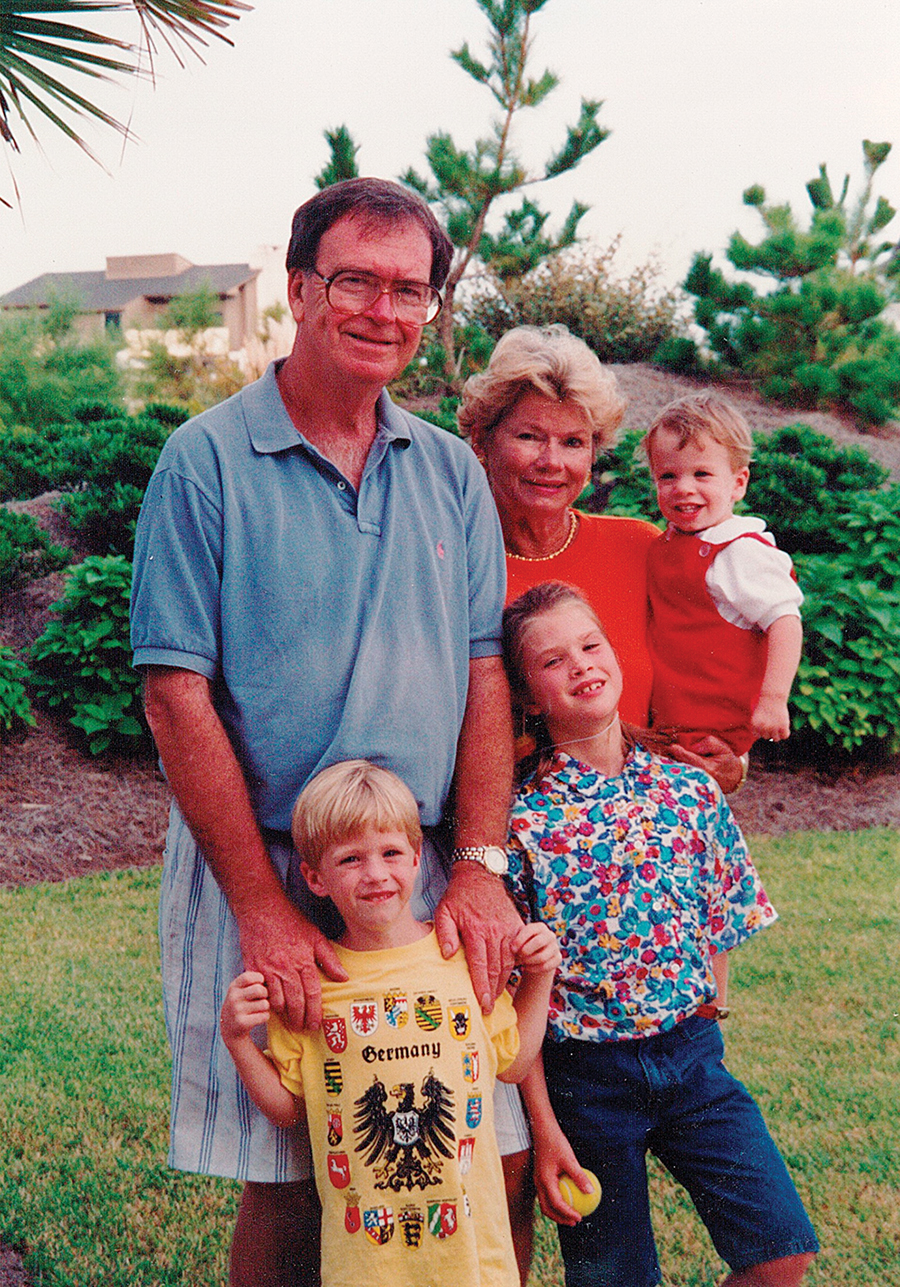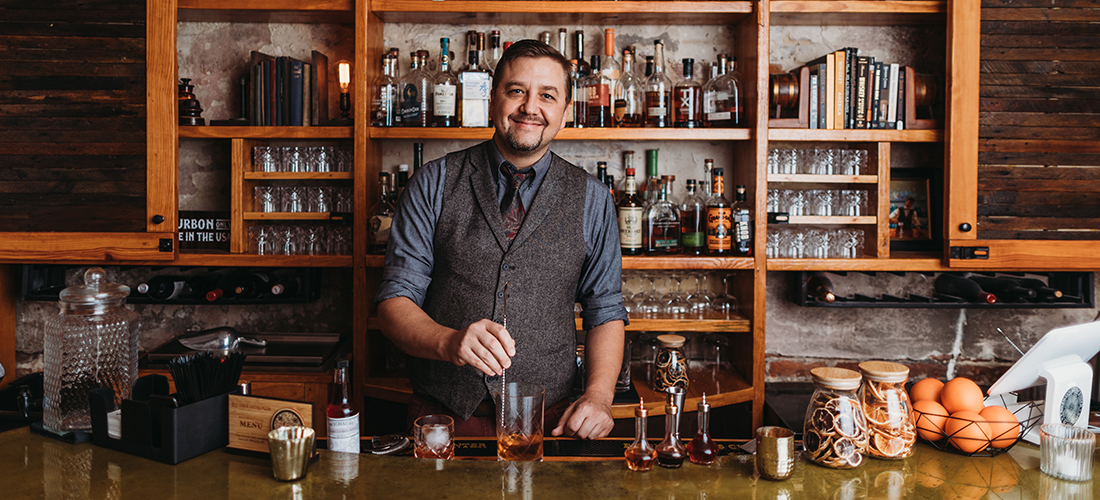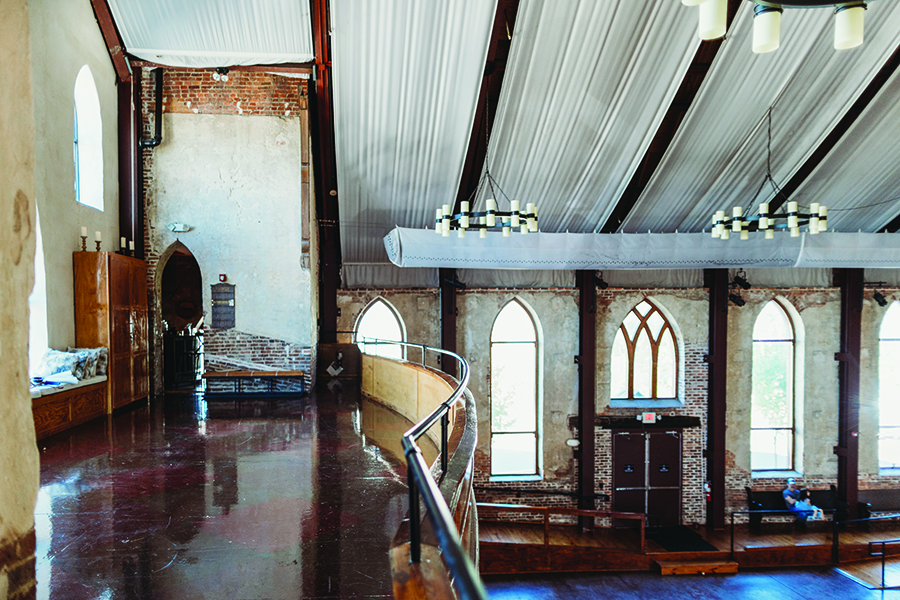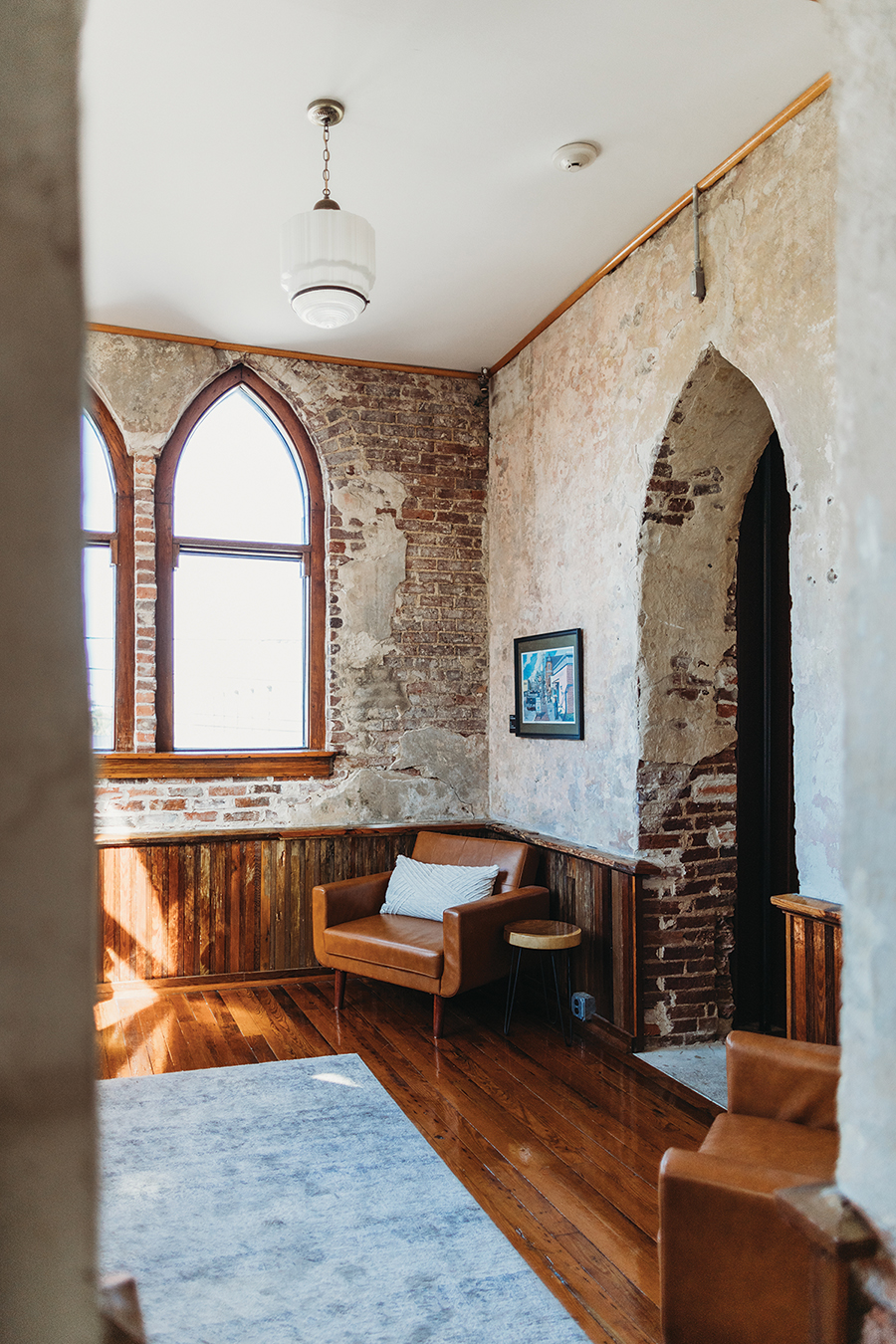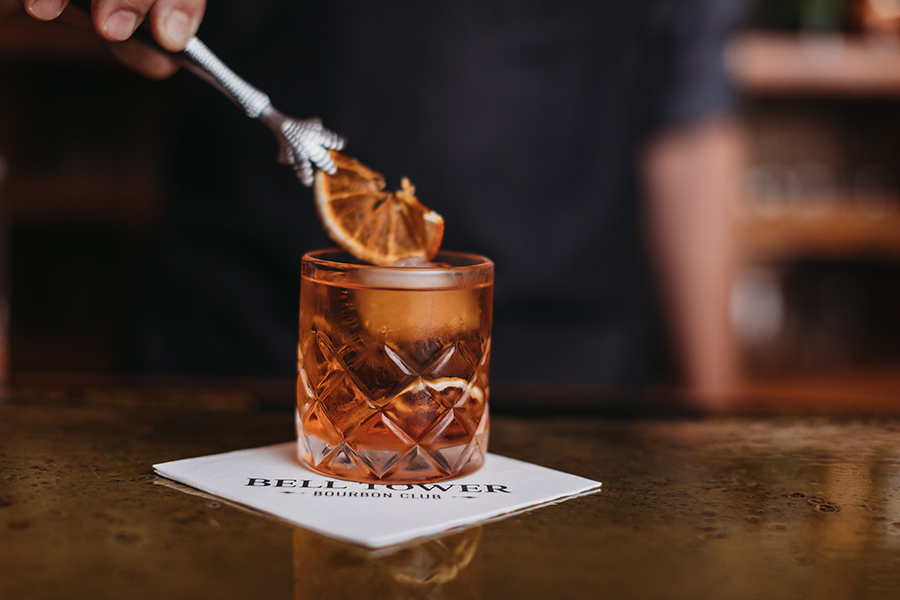November Books
FICTION
Into the Forest, by Christina Henry, edited by Lindy Ryan
Deep in the dark forest, in a cottage that spins on birds’ legs behind a fence topped with human skulls, lives the Baba Yaga. A guardian of the water of life, she lives with her sisters and takes to the skies in a giant mortar and pestle, creating tempests as she goes. Those who come across the Baba Yaga may find help, or hindrance, or horror. She is wild, she is woman, she is witch — and these are her tales. Edited by Lindy Ryan, this collection brings together the voices of Gwendolyn Kiste, Stephanie M. Wytovich, Mercedes M. Yardley, Monique Snyman, Donna Lynch, Lisa Quigley and R. J. Joseph, with an introduction by Christina Henry.
Flight, by Lynn Steger Strong
It’s Dec. 22, and siblings Henry, Kate and Martin have traveled with their spouses to Henry’s house in upstate New York. This is the first Christmas the siblings are without their mother and the first not at their mother’s Florida house. Over the course of the next three days, old resentments and instabilities arise as the siblings, with a gaggle of children afoot, attempt to perform familiar rituals, while also trying to decide what to do with their mother’s house, their sole inheritance. As tensions rise, the whole group is forced to come together unexpectedly when a local mother and daughter need help.
We Are the Light, by Matthew Quick
Lucas Goodgame lives in Majestic, Pennsylvania, a quaint suburb that has been torn apart by a recent tragedy. Everyone in Majestic sees Lucas as a hero — everyone, that is, except Lucas himself. Insisting that his deceased wife, Darcy, visits him every night in the form of an angel, Lucas spends his time writing letters to his former Jungian analyst, Karl. It is only when Eli, an 18-year-old man the community has ostracized, begins camping out in Lucas’ backyard that an unlikely alliance takes shape, and the two embark on a journey to heal their neighbors and, most importantly, themselves. We Are the Light is an unforgettable novel about the quicksand of grief and the daily miracle of love from the bestselling author of The Silver Linings.
Foster, by Claire Keegan
It is a hot summer in rural Ireland. A child is taken by her father to live with relatives on a farm, not knowing when or if she will be brought home again. In the Kinsellas’ house, she finds an affection and warmth she has not known and slowly, in their care, begins to blossom. But there is something unspoken in this new household — where everything is so well tended to — and this summer must soon come to an end. Winner of the prestigious Davy Byrnes Award, this internationally bestselling contemporary classic is available for the first time in the U.S. in a full, stand-alone edition.
NONFICTION
Friends, Lovers and The Big Terrible Thing: A Memoir, by Matthew Perry
The star of Friends takes us behind the scenes of the hit sitcom and his struggles with addiction in this candid, funny and revelatory memoir that delivers a powerful message of hope and persistence. “Hi, my name is Matthew, although you may know me by another name. My friends call me Matty. And I should be dead.” So begins the riveting story that takes us along on his journey from childhood ambition to fame to addiction and recovery in the aftermath of a life-threatening health scare. Before the frequent hospital visits and stints in rehab, there was 5-year-old Matthew, who traveled from Montreal to Los Angeles, shuffling between his separated parents; 14-year-old Matthew, who was a nationally ranked tennis star in Canada; 24-year-old Matthew, who nabbed a coveted role as a lead cast member on the talked-about pilot then called Friends Like Us . . . and so much more. Perry lays bare the fractured family that raised him (and also left him to his own devices), the desire for recognition that drove him to fame, and the void inside him that could not be filled even by his greatest dreams coming true. But he also details the peace he’s found in sobriety and how he feels about the ubiquity of Friends, sharing stories about his castmates and other stars he met along the way. Unflinchingly honest, moving and uproariously funny, this is the book fans have been waiting for.
CHILDREN’S BOOKS
Pookie’s Thanksgiving, by Sandra Boynton
Little Pookie loves his mama and his family, but he especially loves pie! This fun celebration of food and family is the perfect Thanksgiving book for little ones. (Ages birth-3.)
How It’s Made: The Creation of Everyday Items, by Thomas Gerencer
From airplanes to basketballs to gummy vitamins, find out how they’re made in this fun tell-all title that’s perfect for any inquisitive budding scientist. (Ages 7-12.)
Terry’s Crew, by Terry Crews and Cory Thomas
Terry’s crew at his new school may not look like the typical friend group but, together, they can do anything they set their minds to! With themes of respect, hard work, school success and commitment to family and friends, this graphic novel is sure to be a hit. Available on Nov. 8. (Ages 9-12.)
Outside Nowhere, by Adam Borba
Parker Kelbrook’s father sends him halfway across the country to work on a farm alongside five other kids who find him less than charming. As Parker learns to roll up his sleeves and keep his head down, strange things start happening. After he awakens one morning to find a 1,700-pound dairy cow on the roof of a barn, he suspects that something magical and mysterious is growing in the farm’s fields. (Ages 10-13.) PS
Compiled by Kimberly Daniels Taws and Angie Tally.

